Do spot lights use a lot of electricity
Illuminating your outdoor spaces can transform your property, enhancing both aesthetics and security. However, a common concern among homeowners is the impact of outdoor lighting on energy consumption. In this comprehensive guide, we’ll talk about the electricity usage of spot lights, with a particular focus on solar spot lights as an energy-efficient alternative.
Understanding Spot Light Energy Consumption
Spot lights are a popular choice for outdoor lighting due to their ability to highlight specific features or areas. Traditional spot lights, typically powered by electricity from the grid, can vary significantly in their energy consumption. The amount of electricity used depends on several factors:
- Wattage: The power rating of the bulb is a primary determinant of electricity usage. Higher wattage bulbs consume more energy.
- Type of bulb: Incandescent bulbs are notoriously inefficient, while LED bulbs are much more energy-efficient.
- Usage duration: The longer the lights are on, the more electricity they consume.
- Number of fixtures: Multiple spot lights will naturally use more energy than a single fixture.
For instance, a traditional halogen spot light might use 50 watts or more. If left on for 6 hours each night, it would consume about 0.3 kWh per day or 109.5 kWh per year. This may not seem like much, but it can add up, especially if you have multiple fixtures.
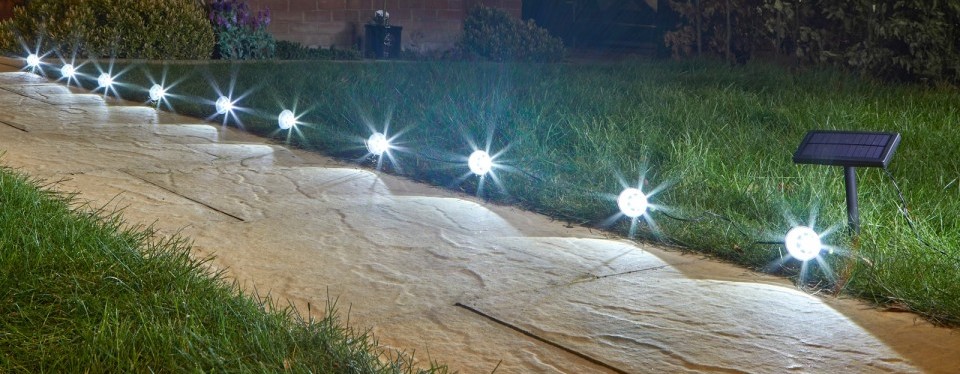
In contrast, LED spot lights are much more efficient. An LED spot light might use only 7-10 watts to produce the same amount of light as a 50-watt halogen bulb. This significant reduction in energy consumption makes LED spot lights a more eco-friendly and cost-effective choice.
The Rise of Solar Spot Lights: A Game-Changer in Outdoor Illumination
While LED spot lights offer improved efficiency over traditional bulbs, solar spot lights take energy conservation to a whole new level. These innovative lighting solutions harness the power of the sun, offering several advantages:
- Zero electricity costs: Solar spot lights operate independently of the grid, using energy stored in batteries that are charged by sunlight during the day.
- Environmentally friendly: By using renewable solar energy, these lights have a minimal carbon footprint.
- Easy installation: Most solar spot lights are wireless and can be installed without the need for complex wiring or an electrician.
- Low maintenance: With no bulbs to replace and no electrical components to wear out, solar spot lights are remarkably low-maintenance.
- Versatility: Solar spot lights can be placed virtually anywhere that receives sufficient sunlight, offering flexibility in landscape design.
Modern solar spot lights utilize highly efficient photovoltaic cells to convert sunlight into electricity, which is then stored in rechargeable batteries. These batteries power LED bulbs, which are known for their longevity and energy efficiency. The result is a lighting solution that provides ample illumination without drawing any power from the grid.
It’s worth noting that the performance of solar spot lights can vary depending on factors such as the quality of the solar panel, the capacity of the battery, and the amount of sunlight the unit receives. However, advancements in solar technology have significantly improved the reliability and performance of these lights, making them a viable option for many homeowners.
Maximizing Efficiency: Tips for Using Spot Lights Wisely
Whether you opt for traditional electric spot lights or solar-powered alternatives, there are several strategies you can employ to minimize energy consumption and maximize efficiency:
Use Timers or Motion Sensors: Automating your spotlights with timers or motion sensors ensures they are only on when needed. This eliminates the risk of leaving them on unnecessarily, significantly reducing energy consumption. Timers can be set to turn lights on and off at specific times, while motion sensors detect movement to activate the lights only when someone is present. This automation not only saves energy but also extends the lifespan of your lighting system.
Opt for LED Bulbs: When using electric spotlights, choose LED bulbs over traditional incandescent or halogen ones. LED bulbs are far more energy-efficient and have a much longer lifespan, meaning you’ll need to replace them less often. They use a fraction of the energy while providing the same, if not better, brightness, making them a cost-effective and environmentally friendly choice in the long run.
Regular Maintenance: To ensure your solar spot lights continue to operate at peak efficiency, it’s important to keep them clean and well-maintained. Dust and debris can reduce their brightness and energy efficiency, so regular cleaning is essential. Additionally, check for any wear and tear or damage to prevent energy loss and maintain optimal performance.
Strategic Placement: The placement of your spotlights is crucial for achieving maximum impact with fewer fixtures. Position them strategically to highlight key areas and create the desired effect, which will allow you to reduce the number of lights needed. This thoughtful placement ensures efficient energy use without compromising on quality.
Consider Solar Options: If your spotlights are used outdoors, consider switching to solar-powered options. Solar spotlights are an energy-efficient alternative, particularly in areas that receive plenty of sunlight. They harness solar energy during the day to power the lights at night, making them a sustainable and cost-effective solution for outdoor lighting.
For those considering solar spot lights, it’s crucial to choose high-quality products from reputable manufacturers. BITPOTT, for instance, offers a range of solar lighting solutions, including solar spot lights, that combine efficiency with durability. Their products undergo rigorous quality control throughout the production process, ensuring reliable performance and longevity.
Conclusion
While traditional spot lights can consume a significant amount of electricity, especially when used extensively, modern alternatives like LED and solar-powered options offer substantial energy savings. Solar spot lights, in particular, represent a paradigm shift in outdoor illumination, providing ample light without any ongoing electricity costs.
As we move towards more sustainable living practices, the adoption of energy-efficient lighting solutions becomes increasingly important. Solar spot lights not only reduce our carbon footprint but also offer practical benefits such as easy installation, low maintenance, and versatility in placement. If you’re interested in learning more about solar spot lights or other innovative solar lighting solutions, don’t hesitate to reach out to BITPOTT at info@forigat.com.
References
- U.S. Department of Energy. (2023). Outdoor Lighting. Energy.gov. https://www.energy.gov/energysaver/outdoor-lighting
- National Renewable Energy Laboratory. (2022). Solar Photovoltaic Technology Basics. NREL.gov. https://www.nrel.gov/research/re-photovoltaics.html
- American Lighting Association. (2023). LED Lighting. Lighting.org. https://www.lighting.org/led-lighting/
- Environmental Protection Agency. (2023). ENERGY STAR Certified Light Bulbs. EnergyStar.gov. https://www.energystar.gov/products/lighting_fans/light_bulbs
- Solar Energy Industries Association. (2023). Solar Technology. SEIA.org. https://www.seia.org/initiatives/solar-technology

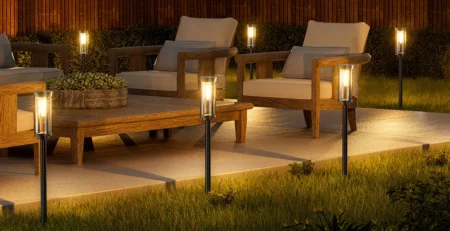

-4-450x231.jpg)
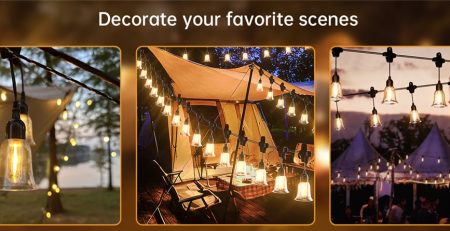
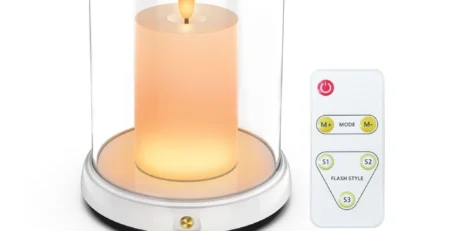
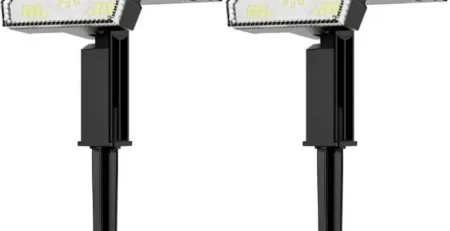
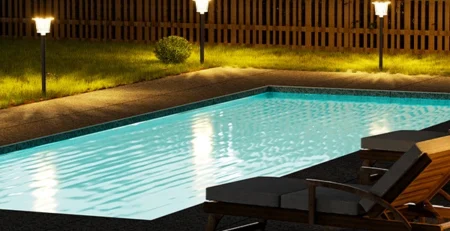
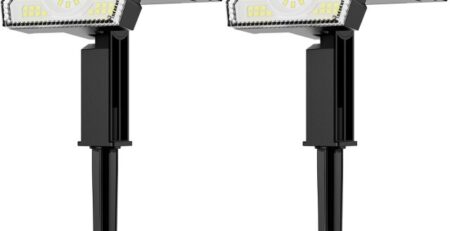
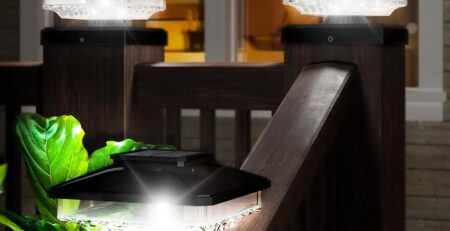
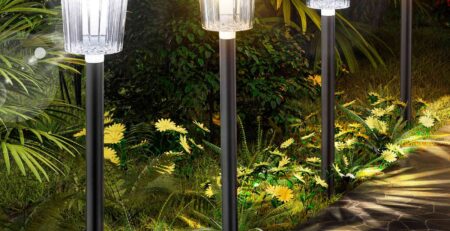
Leave a Reply